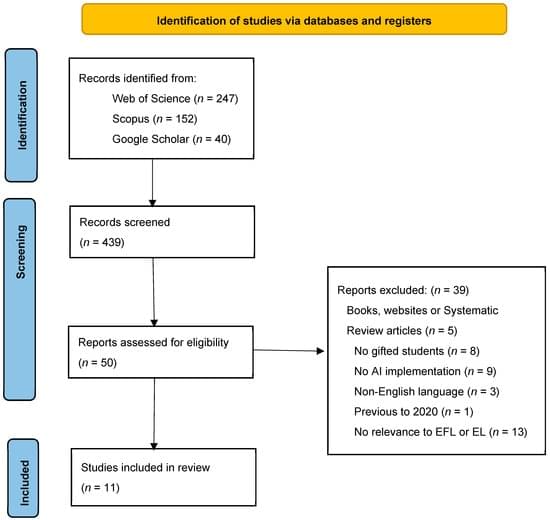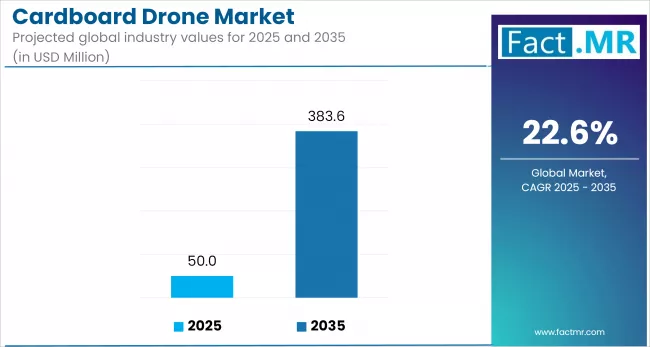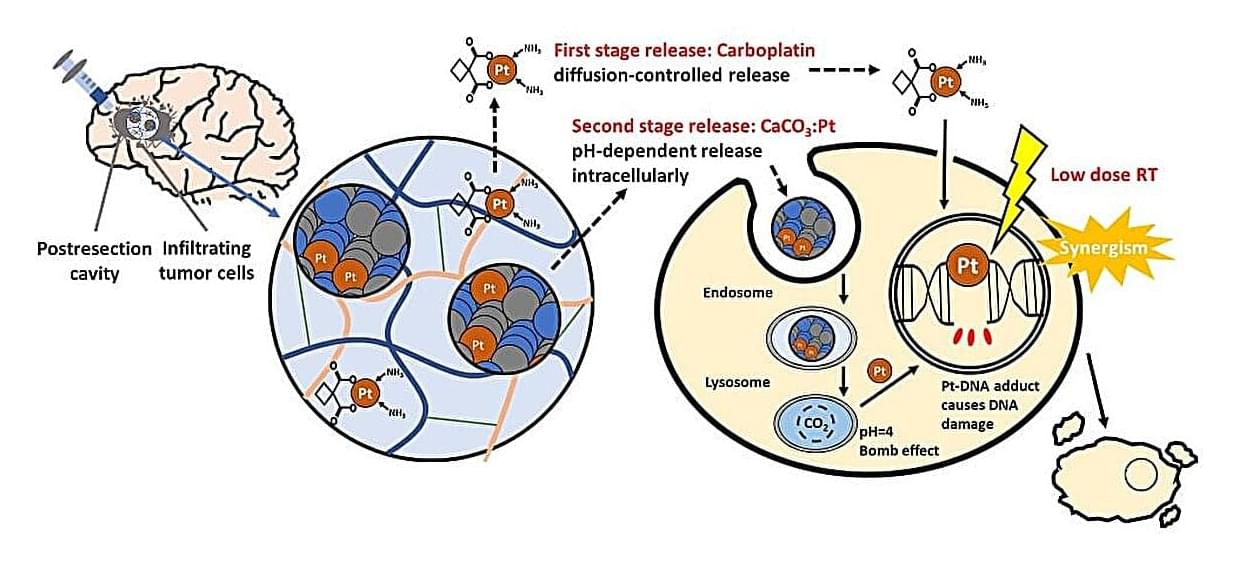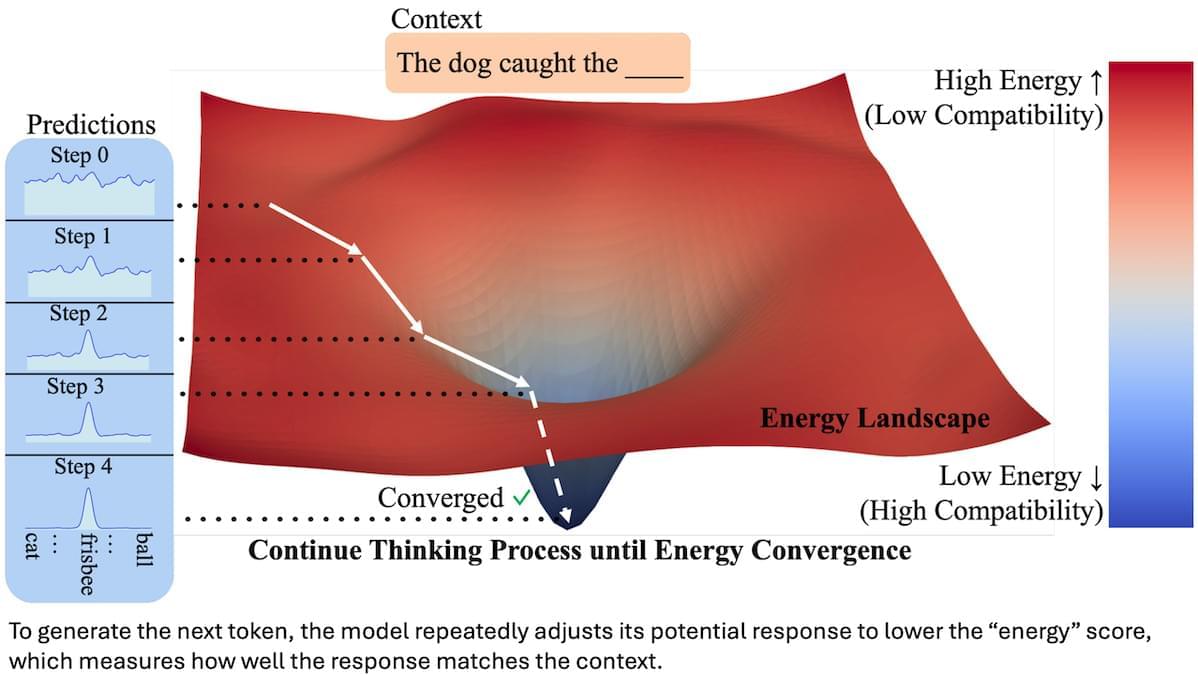Declining Menin in the hypothalamus sparks inflammation and accelerates aging. Boosting Menin or supplementing with D-serine can restore memory, learning, and even physical vitality in older mice.


Huntington’s disease is a genetic disorder that is caused by an unusual number of repeats in the huntingtin gene; there make the gene too long, and lead to the production of a toxic protein in brain cells. Symptoms of the disease tend to arise when a person is in their 30s or 40s and it is typically fatal within 20 years. New work may change that, however.

A new study reveals a missing area of brain activity in the minds of people with schizophrenia who hear voices.
The analysis of brain wave data suggests a combination of two neurological functions could trigger auditory verbal hallucinations.
Researchers from China found evidence of a breakdown in the ability to prepare the senses for specific words to be spoken. This on its own, however, isn’t enough; another area that filters our brain’s internal chatter is also enhanced in those with schizophrenia who experience unsettling auditory hallucinations.

Hospitals worldwide, including Germany, face a growing problem with fungal infections, with an estimated 6 million cases and 3.8 million deaths each year. According to the World Health Organization (WHO), Candida—a common fungus most people encounter at least once in life—is a top concern. While many know it from mild, superficial infections such as thrush, Candida (especially C. auris and C. albicans) can also reach the bloodstream and cause life-threatening disease.
This is increasingly happening in clinics around the world, where Candida finds an ideal target in weakened patients—after major surgery or chemotherapy, for example. Candida can also cling to medical equipment, like catheters, tubes, or prostheses, forming slimy biofilms that are highly resistant to antifungal drugs.
The European Center for Disease Prevention and Control has recently echoed the WHO in sounding the alarm and calling for better prevention, faster diagnosis, and more effective treatment.

🌍 Exciting News! 🌍
Our research team is honored to have two papers accepted at the International Astronautical Congress (IAC) 2025 in Sydney 🇦🇺. Both sessions are scheduled for October 2nd, 2025:
📄 Hybrid GEO–LEO Satellite Network for Multi-Service 5G/6G NTN Connectivity in Australia 🕙 10:15 AM | Room C4.
📄 Leveraging GEO Satellite Virtualization for Enhanced Real-Time Security in Hybrid Satellite Networks 🕜 1:30 PM | Interactive Poster B2.
Although I won’t be able to attend in person, my co-author @Muãwia Tirmizëy will be there to present on behalf of our team.
You can find more details in my LinkedIn announcement here: 👉 [ https://www.linkedin.com/feed/update/urn: li: li:
We’re looking forward to contributing to the global conversation on multi-orbit networks, 5G/6G NTN, and secure satellite connectivity. 🚀
Inside the microchips powering your devices, atoms aren’t just randomly scattered. They follow a hidden order that can change how semiconductors behave.
A team of researchers from the Lawrence Berkeley National Laboratory (Berkeley Lab) and George Washington University has, for the first time, observed these tiny patterns, called short-range order (SRO), directly in semiconductors.
This discovery is a game-changer, as understanding how atoms naturally arrange themselves could let researchers design materials with desirable electronic properties. Such control could revolutionize quantum computing, neuromorphic devices that mimic the brain, and advanced optical detectors.

There is a growing body of literature that focuses on the applicability of artificial intelligence (AI) in English as a Foreign Language (EFL) and English Language (EL) classrooms; however, educational application of AI in the EFL and EL classroom for gifted students presents a new paradigm. This paper explores the existing research to highlight current practices and future possibilities of AI for teaching EFL and EL to address gifted students’ special needs. In general, the uses of AI are being established for class instruction and intervention; nevertheless, there is still uncertainty about practitioner use of AI with gifted students in EFL and EL classrooms. This review identifies 42 examples of GenAI Models that can be used in gifted EFL and EL classrooms.


High-grade gliomas are aggressive brain tumors with poor prognosis, largely because even after surgical removal, infiltrative residual tumor cells often regrow during the latency before radiotherapy, leading to recurrence. The standard chemoradiotherapy only modestly improves survival. A crucial window of vulnerability arises post-surgery, before radiotherapy begins, where residual tumor cells are not well addressed by systemic chemotherapy.
Prof. Feng-Huei Lin and Dr. Jason Lin from National Taiwan University have designed a local post-surgical gel packing with sequential delivery of platinum agents that could maintain therapeutic drug concentrations intracranially and synergize with subsequent radiotherapy to eliminate glioma tissue. Their study is published in the Chemical Engineering Journal.
The cutting-edge drug-delivery gel can be directly injected into the surgical cavity following tumor resection. This gel provides sustained local delivery of platinum-based anticancer agents, ensuring effective eradication for residual glioma tissue that remain after surgery. The gel is designed to maximize the therapeutic impact while minimizing systemic exposure.

A new type of transformer can check its work. Instead of guessing the next output token in one shot like a typical transformer, it starts with a rough version of the token and improves it step by step.
What’s new: Alexi Gladstone and colleagues at University of Virginia, University of Illinois Urbana-Champaign, Amazon, Stanford, and Harvard proposed the Energy-Based Transformer (EBT). Early experiments show that it scales more efficiently than transformers at relatively small sizes.
Energy-based model basics: For a given input context paired with a candidate response (for example, a prompt and potential next token), an energy-based model produces a number called “energy” that represents how likely the potential next token would follow the prompt. During training, the model learns to assign low energy if a context/potential-response pair is very likely and high energy if it’s not.